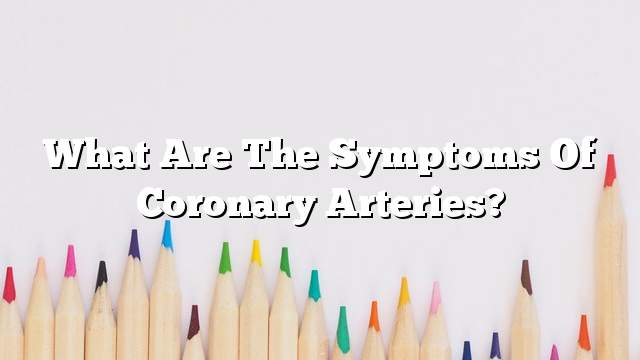Circulation of the arteries of the heart
The heart is a powerful muscle that pumps blood to all parts of the body continuously without interruption for life, so it needs the rest of the body to supply a constant of oxygen and food, and receive the heart supply through the coronary arteries.
Cardiovascular coronary artery disease refers to coronary atherosclerosis. This disease occurs when cholesterol, fat and other substances accumulate. The so-called plaque forms on the inner wall of these arteries, causing clogging, narrowing, and cutting off the supply of the heart. Over time, platelets are attracted to this plaque and a blood clot is formed around them. This clot contributes to the exacerbation of the blockage and narrowing of the arteries. When this blockage reaches a degree that the heart muscle can not tolerate, the patient enters in the case of ischemia of the heart muscle. Affected by ischemia, and then the patient has a heart attack.
Coronary artery disease, or coronary artery disease, is associated with coronary heart disease, which is several types of arrhythmias caused by atherosclerosis. Coronary atherosclerosis is the leading cause of death in many countries of the world, with more men than men, It increases the chances of infection with age, and can lead to many complications, such as: myocardial infarction, irregular heartbeat, and therefore should avoid the risk factors that may increase the chance of infection, such as high blood pressure, diabetes, smoking, and high Cholesterol, and rheumatism Psychological, while maintaining the ideal body weight, and exercise.
Types of coronary heart disease
There are several types of coronary heart disease, most notably angina, which is a chest pain due to an obstruction in the coronary arteries without death in the tissues. This is not usually a threat to the patient’s life, but may be a warning of the worst .
There is also another type of unstable angina, which comes in the form of pain in the chest more severe than angina, and lasts for a longer time, and it may come even without much effort, in contrast to the angina which affects the patient after exerting physical effort Large, or in cold weather. This condition may be aggravated by a heart attack, and the patient must undergo further treatment and testing.
Coronary heart disease is also a heart attack that does not cause ST elevation; although this type causes an increase in the enzymes of the heart in the blood, it does not cause changes in the electrical planning of the heart, because the blockage is partially and temporarily in this case, The most recent is the so-called myocardial infarction, which is different from the previous by causing changes in the electrical planning of the heart, in addition to the rise of heart enzymes in the blood, and the death of a relatively large part of the heart tissue due to the complete closure and continuous coronary arteries.
Symptoms of coronary artery calcification
Often, the patient does not feel atherosclerosis symptoms, and often come in the form of angina pectoris in the case of suffering from ischemia caused by blockage of the arteries, and the symptoms associated with atherosclerosis is as follows:
- Pain in the chest: called angina, and may describe the patient this pain in many descriptions, either be in the form of weight or pressure or age, heartburn or numbness in the center or left of the chest, and often begins pain after a great effort of physical or After a traumatic event, the patient may also feel pain in the shoulder, left arm, back, neck or jaw, and pain often disappears after a period of stress. In many cases, this pain is similar to pain caused by indigestion or heartburn .
- Feeling shortness of breath: It may be accompanied by feeling very tired in the exercise of any physical activity, because of the inability of the heart to pump blood oxygenated to the cells of the body.
- Irregular heartbeat, as the patient may feel rapid heartbeat or palpitations.
- Severe sweating, nausea, tiredness, fatigue and dizziness.
Treatment of coronary heart
The treatment of atherosclerosis includes many measures, beginning with lifestyle changes and health system, by stopping smoking, eating healthy, exercising, maintaining the ideal weight, avoiding anxiety and stress. If these things do not work, some species Of drugs to relieve symptoms and to prevent complications, most notably these anti-platelets such as aspirin and clopidogrel, in addition to statin drugs, which reduce the level of cholesterol in the blood, including Atorvastatin, and simvastatin.
Beta-receptor inhibitors, which reduce blood pressure and reduce heart exertion, may also be used to treat other drugs such as nitrits, anti-angiotensin-inhibiting drugs, calcium channel blockers, and diuretic drugs. Although medications are taken, or in emergency cases, some operations are used to remove this blockage. The most prominent of these is a cardiac catheterization, plaque removal, and a small mesh to keep the artery open. Coronary angiography. In some cases that can not be cured by this procedure, open heart surgery is performed by performing a sort of coronary artery bypass to avoid a blockage or a heart transplant.
